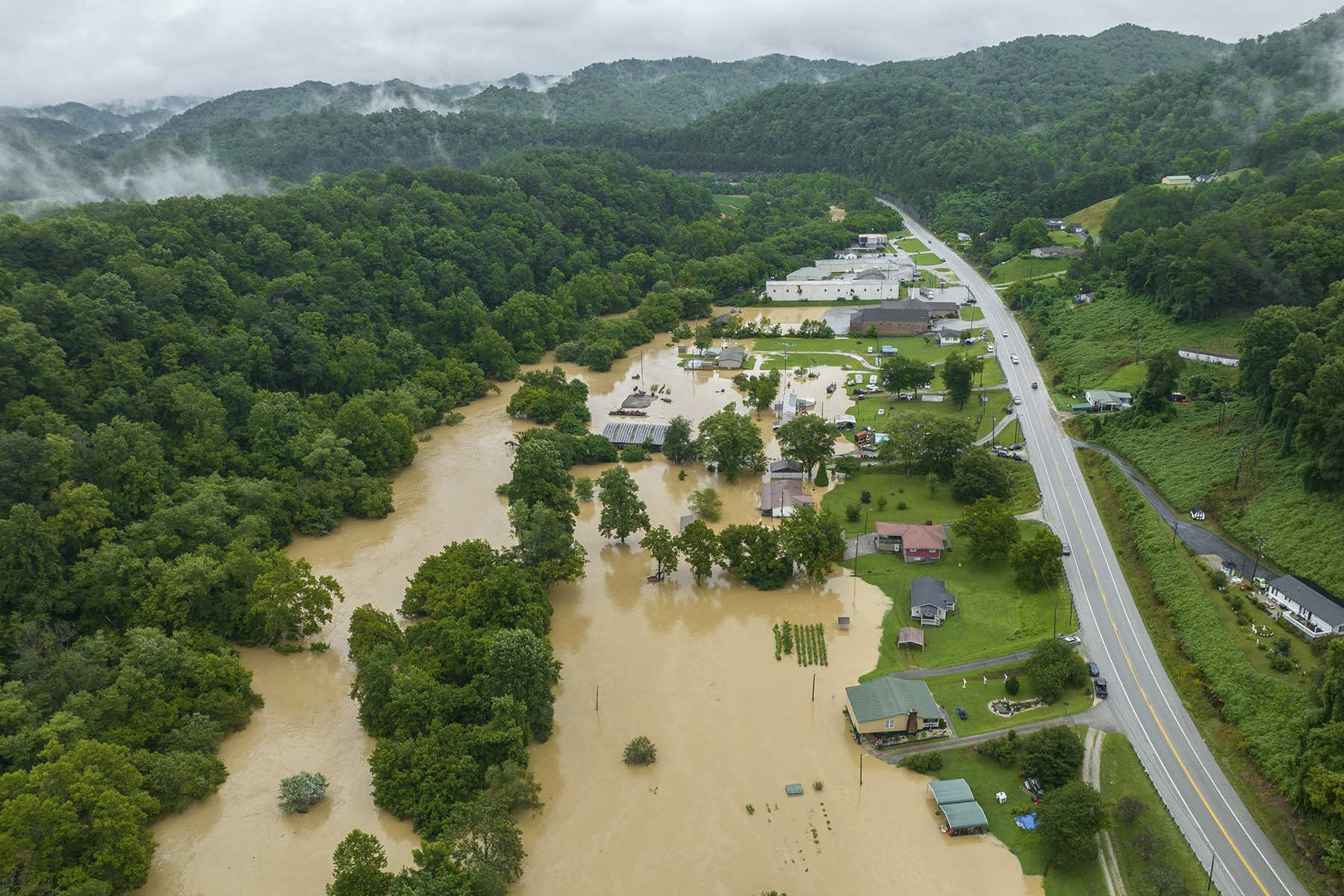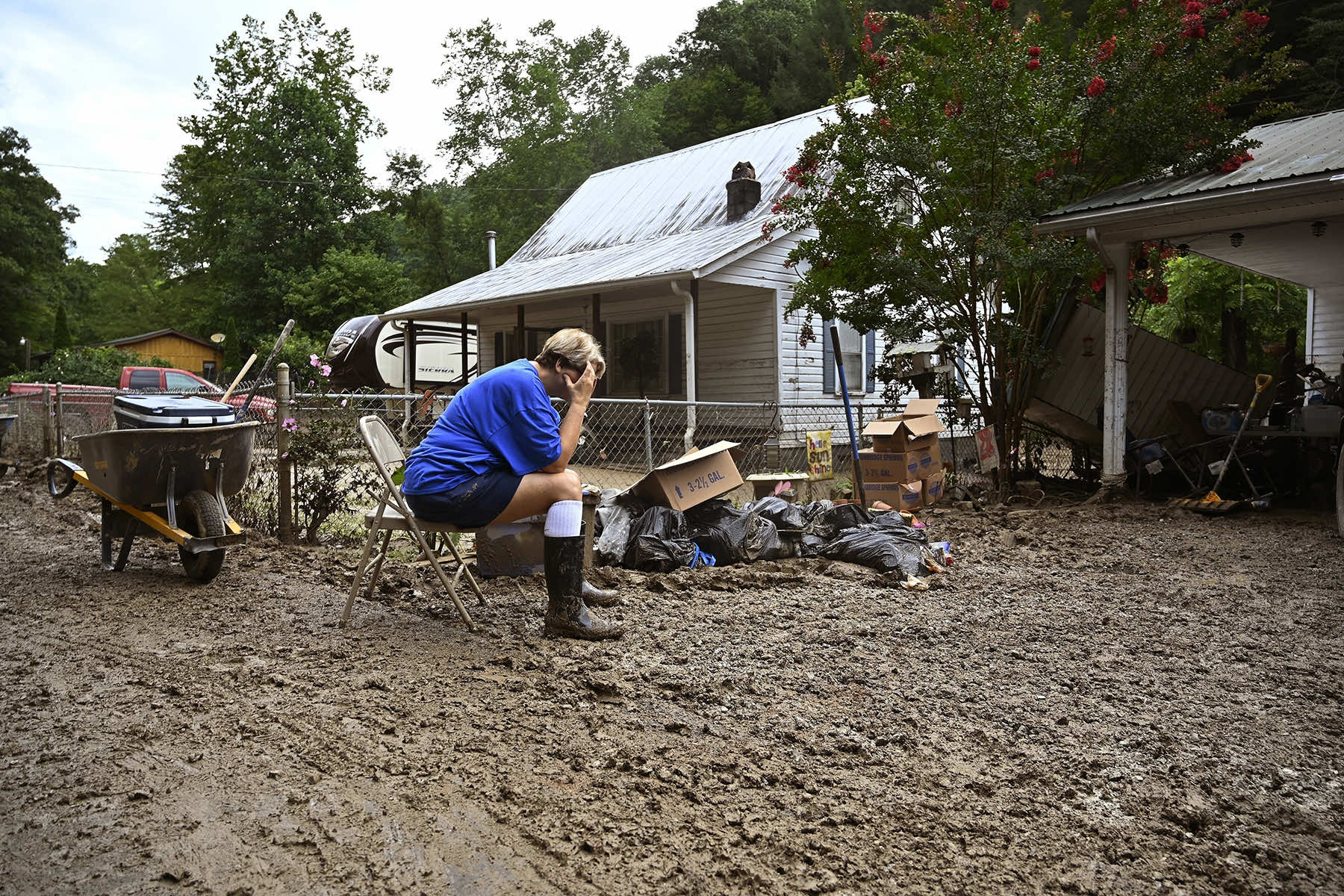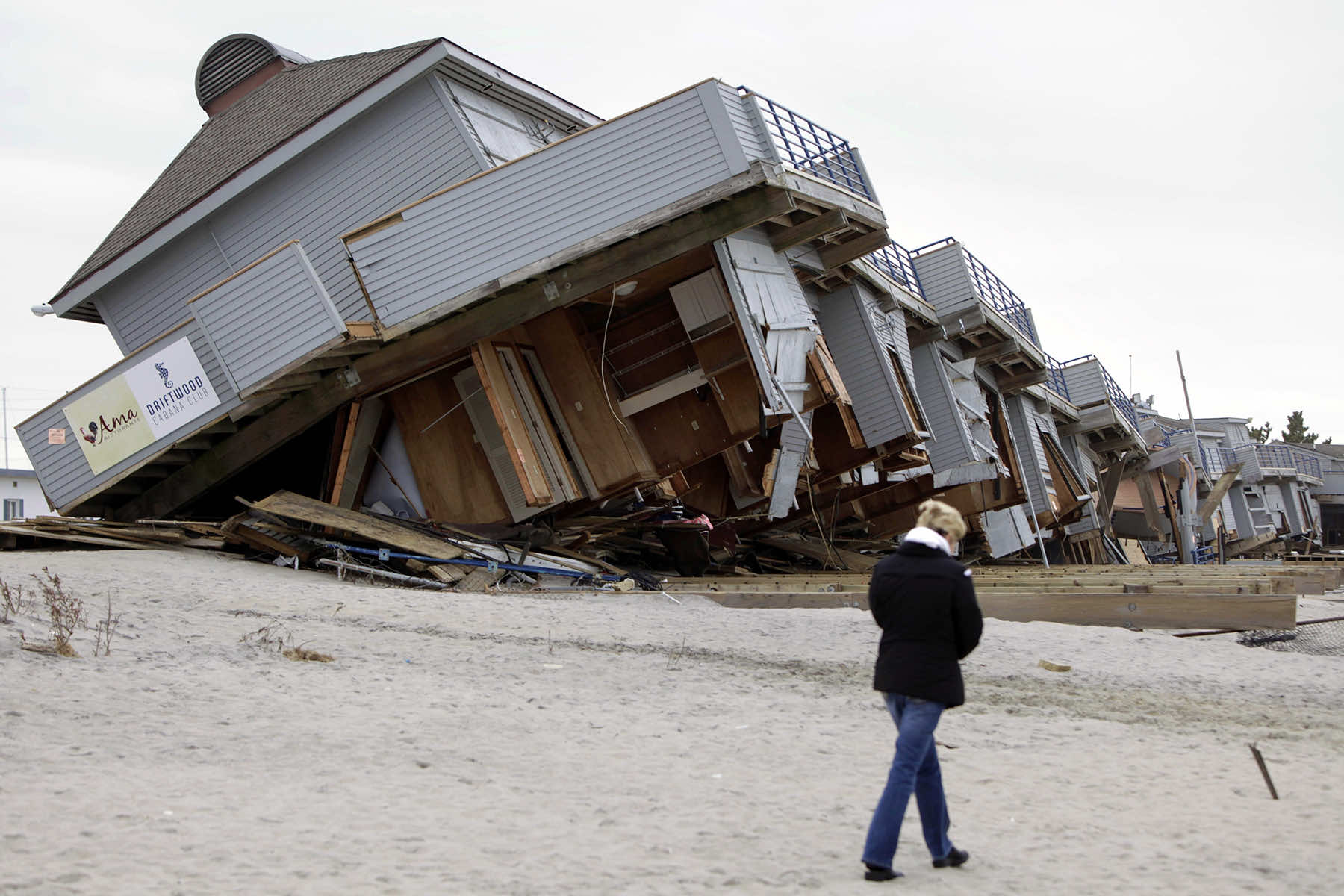
Floyd County keeps flooding and the federal government keeps coming to the rescue. In July 2022, at least 40 people died and 300 homes were damaged in flooding across eastern Kentucky. It was the 13th time in 12 years that Floyd County was declared a federal disaster.
These are disasters so costly that local governments feel they cannot pay for it all, so the governor asks the president to declare a disaster freeing up federal funds.
“After that flood I had 500 homeless people looking at me, ‘Judge what are we going to do’?” recalled Judge Robbie Williams, administrator for the county of a bit more than 35,000 people. “It’s overwhelming and it’s just a matter of time before it happens again.”
It did. In 2023, Floyd County was declared a disaster again for the 14th time, starting in 2011. And Floyd County is not even the nation’s most disaster-prone county. Neighboring Johnson County has 15 disasters declared by the Federal Emergency Management Agency since 2011.
When it comes to extreme weather and other so-called natural disasters, people generally look to the hurricane or earthquake-prone coasts and say that is where the danger is. But that is not where the highest concentration of federally declared disasters are, according to an atlas of 713 FEMA declared disasters created by Rebuild by Design and New York University.
While most people in disasters think about federal government direct financial help to individual victims to pay for lost housing and businesses, the atlas focuses on the $60 billion pot of FEMA aid to governments.
Eight of the nine counties with the most federal declared disasters since 2011 — more than a dozen each — are in Kentucky, with the one in Vermont. These counties have four to five times the number of disasters as the national average of three in the past 13 years.
“California and Louisiana and I would say now even Texas, Florida, for sure, they soak up all the oxygen when you hear about these giant storms,” said atlas creator Amy Chester, director of the disaster prevention-focused Rebuild By Design nonprofit group. “But what you’re not hearing about are these storms that are happening all the time, and that’s just becoming like, regular to places like Vermont.” Chester also mentioned Tennessee, Oklahoma, Missisippi, Iowa, and Alaska as hotspots.
“We want to show that climate change is already here,” Chester said of the data covers 2011 to 2023, but doesn’t include heat waves, drought, or COVID. “Communities are suffering all over.”
Before she crunched the data, Chester said she figured Vermont would be a haven from climate change. Cooler. Inland. Instead it is a disaster hot spot.
“It’s awful” Chester said. “It just keeps happening to them.”
Days after she said that Vermont flooded again, this time from the remnants of Hurricane Beryl.
Flooding is the most common disaster in the United States, according to FEMA. Since 2011, FEMA handed out more than $41 billion in aid following hurricanes, the most of any disaster type.
“What the data tell us is that the frequency and severity of disasters at local-state scales is increasing with rural, suburban, and urban places being affected nationwide,” Susan Cutter, co-director of the Hazards Vulnerability and Resilience Institute at the University of South Carolina, said in an email. She wasn’t part of Chester’s research. “More needs to be done to enhance resilience to reduce their impacts on people.”
The largest county in the nation that has not had a federally declared disaster since 2011 is Mecklenburg County, North Carolina, where the city of Charlotte is.
“We’ve been blessed,” said Charlotte emergency management chief Robert Graham, who attributes the lack of federal disasters to good luck, good government, and good geography.
“We are protected from the coast somewhat,” Graham said of the inland county. “We don’t get all the impacts from the mountains. Charlotte seems to be in a, somewhat of a sweet spot.”
Graham said a cushy reserve fund and planning have prevented the city from having to go to the federal government for financial help after disasters like a 2019 flood. But he said he knows it’s only a matter of time before the city’s luck runs out.
Luck long abandoned eastern Kentucky. In Floyd County, geography and government regulations make it tough, Williams said. The mountain-heavy county has people living in the narrow valley floor in old coal camps, he said. And when it rains, the ever-shallower creeks overflows.
“We’re seeing historic levels of flooding,” Williams said. “It’s only getting worse.”
Environmental regulations won’t let local officials dredge the creeks, which keep getting built up with silt coming down the mountains, often from development, Williams said. Some creeks decades ago were 20 feet deep but are now shallow enough to walk across, he said.
The problem is there is nowhere for the rain to go,” Williams said.
National Weather Service data shows that Floyd County now averages more than 50 inches of rain a year, up from 42 to 43 inches a year in the mid-1980s. Warmer air holds more moisture, with studies and statistics showing the Eastern United States is not only getting more rain, but more intense downpours that cause floods.
Floyd County’s government received more than $35 million in FEMA disaster aid since 2011. That’s not even near the top, where the big money went to places devastated by hurricanes.
Five counties — three of them in New York — received more than $1 billion in FEMA aid, led by Manhattan’s New York County, which got $8.9 billion, nearly all of it due to 2012’s Hurricane Sandy. All of the top five counties were struck by one or more hurricanes.
Chester’s group decided to look at congressional districts and how they compared in disasters, especially with a nearly evenly split House of Representatives.
Nearly 60 counties have had at least 10 federally declared disasters since 2011 and nearly 70% of them are represented in Congress by Republicans. About 280 counties have had no disasters in that time periods and 87% of them are represented by Democrats, according to the NYU data.
Chester noted that Republicans are not talking about climate change on the campaign trail, but said “research shows that extreme weather is not a partisan issue.”
More important is how state and local policies create or minimize risk for future disasters, said Samantha Montano, a professor of emergency management at the Massachusetts Maritime Academy. And in Floyd County the government using FEMA money is buying the homes of 150 residents to move them out of harm’s way, but some don’t want to leave, Williams said.
“Until we get those homes out of these floodways … we’re still going to have these issues,” Williams said.















